There was a time when the American road trip was powered by pistons, chrome, and the scent of unleaded gasoline wafting through open windows. The road was a frontier, and the full-size pickup its steel-clad cowboy.
How the Tesla Cybertruck Redefines the American Road Trip
But in 2025, the story is being rewritten. The trucks are still big, and the distances are still vast, but the powertrain hums instead of roars. One Cybertruck owner, armed with a family of five and a mountain of real-world data, set out to go on a road trip in his Cyberbeast.
“Just completed a 2.5k+ mile road trip in my 2024 cyberbeast.
Here's some data for the data nerds.
Total miles traveled: 2501
Total energy used: 1221
Avg efficiency: 488 wh/mi
Avg electricity cost: 34¢ kw/h
Total cost: $411
Notes:
• 70% of the miles traveled at 70 mph+
• 5 passengers + luggage
• 18 hours of driving + 4.5 hr of charging per 1 way trip
Takeaways:
• Cost equivalent of a 20 mpg vehicle. If you account for the 35" tires and 845 hp spec'd ICE truck, then it comes out way ahead.
• Total time driving increased by about 4 hours due to charging times. Not an issue in my case, as my infant required us to stop every 2 hours anyway.
• The lower cabin noise vs an ICE truck was a welcome change.
• I used FSD on about 30 - 40% of the trip. Definitely helps combat fatigue on the long highway segments.
Personal thoughts:
Far from the optimal road trip vehicle, but the beast definitely exceeded my expectations on transporting 4 adults and an infant comfortably over a thousand miles. The biggest downside was the range and charging times, I think Tesla definitely should have launched with a larger battery. Also, the navigator needs to be more conservative with the margin of safety buffer between charges instead of the default 10% SoC when arriving at a station.
An incident of chargers being limited or not available could be problematic. There was a power outage at one of the stations, and the closest supercharger was 12% away. Luckily, I had increased my buffer to 20% SoC at arrival, but if I had followed the Tesla navigation, I would have been stranded as the closest charger was nearly 40 miles away.”
This raw, 2,500-mile journey with five people, a load of luggage, and a willingness to treat the Cybertruck like any other pickup. Revealed a portrait of life with an EV off the leash. The numbers speak for themselves, $411 in charging costs, 1,221 kWh consumed, and 488 Wh/mi efficiency.
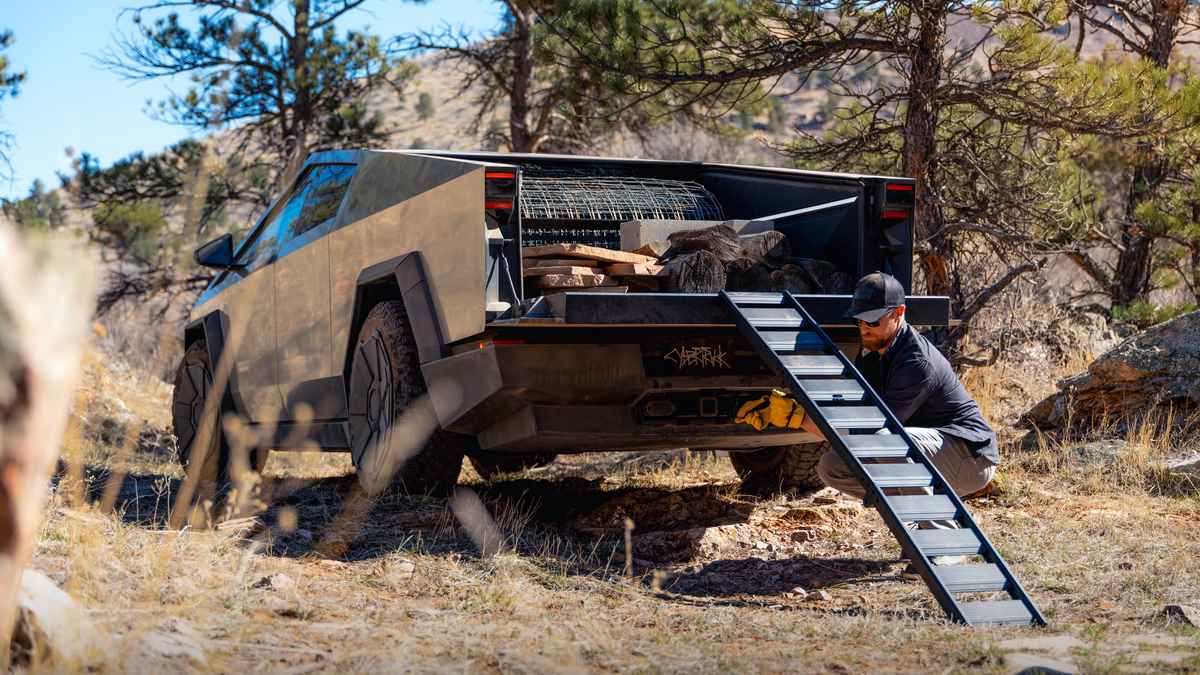
For comparison, an ICE truck of similar size and power would’ve guzzled over $450 worth of fuel, more if it wore 35-inch tires and pushed 845 horsepower like the Cyberbeast. Electrification didn't just match the old formula, it quietly outperformed it.
Inside a 2,500-Mile Cybertruck Adventure
But this trip wasn’t a flawless victory lap. A charging station outage nearly turned an adventure into a rescue operation. Tesla’s navigation advised arriving at the next Supercharger with just 10% battery remaining, a common default setting.
Tesla Navigation Stop Planning: How the 10% Battery Buffer Puts Drivers at Risk
- Tesla's navigation system automatically incorporates charging stops into route planning. When a destination is entered, the system calculates the most efficient path, factoring in battery range and suggesting optimal Supercharger locations along the way. This ensures drivers can reach their destinations without running out of charge.
- The navigation interface provides up-to-date information on Supercharger availability, including the number of open stalls and estimated wait times. This real-time data helps drivers make informed decisions about where to charge, reducing the likelihood of arriving at a full station.
- When navigating to a Supercharger, Tesla vehicles automatically precondition the battery to the ideal temperature for fast charging. This feature minimizes charging time by ensuring the battery is at the optimal state upon arrival at the charging station.
Had the driver followed it, the truck would’ve come up 40 miles short. Instead, he gambled on a more conservative 20% buffer and narrowly escaped being stranded. This is a software flaw hiding in plain sight. Tesla’s predictive routing, impressive as it often is, still assumes ideal conditions. And ideal conditions are rare on a cross-country road trip.
Charging times remain another sticking point. Each leg of the journey added about 4.5 hours of plug-in time, acceptable for families with infants (who require frequent stops), but frustrating for solo drivers or tight schedules. As Steve Dallas put it,
“If they could just improve the charging curve… a 15-minute stop would be better than the 30 I usually get.”
Efficiency takes a nosedive after 80% state of charge, meaning most drivers try to live in the “sweet spot” between 10% and 70%.
Cybertruck Cabin Noise Reduction & FSD on Long Hauls
Still, the truck held up in unexpected ways. The quieter cabin, often an afterthought in ICE trucks, shone on long hauls. Joshua Jackson commented, “We’re gonna stop every 2 hours regardless,” which aligned perfectly with the Cybertruck’s recharge rhythm. Full Self-Driving handled 30–40% of the drive, which the owner credited with reducing fatigue. While not a replacement for a human driver, it proved useful for keeping the long hauls less draining, particularly with a fussy infant in the back seat and endless stretches of highway ahead.

The trip’s practicality shone through in the small moments. When asked how he cleaned bug splatter off the truck’s massive nose, the owner deadpanned: “I take it to the car wash like a regular person.” The Cybertruck proved it can operate like any other full-size vehicle, despite its dystopian looks and all-electric guts. It ferried five people in comfort, managed luggage, handled highway cruising with ease, and dealt with real-world annoyances like bugs, fatigue, and range anxiety.
Tesla’s 10% Arrival Charge Flaw
What’s left is a subtle but significant warning. Tesla’s navigation system, impressive as it may be in day-to-day commutes, lacks sufficient foresight for cross-country travel. Defaulting to a 10% arrival charge is fine when chargers are plenty and functional, but that’s not always the case.
Cyberbeast Performance Revealed: 845 HP, 0–60 mph & Surprising Sales Figures
- The Cyberbeast variant delivers impressive performance metrics, including approximately 845 horsepower and acceleration from 0 to 60 mph in about 2.6 seconds, aligning with Musk's claims of high performance.
- Several anticipated features were omitted from the final product, such as the range extender, "crab walk" capability, and amphibious functionality. Additionally, the base price increased significantly from the initially promised $39,900 to over $60,990, and the vehicle's range fell short by approximately 36% compared to early projections.
- Despite over a million reservations, only about 46,000 Cybertrucks were sold in the first 14 months, far below the projected 250,000 annual units. This shortfall led to substantial discounts and a buildup of unsold inventory.
This road trip revealed that, if you’re relying solely on the car’s estimate, you’re gambling to an extent. A towing subscription, or even just better planning, could make the difference between rolling into a charger or calling roadside assistance from the shoulder of Route 66.
Despite these caveats, the Cybertruck proved it could do what many thought it couldn’t: be a viable long-haul family hauler. Mardez Portenier said it best,
"That is awesome, thanks for sharing! I have a baby on the way, and we will be doing a drive across the country.”
The American road trip isn’t doomed. It’s just gotten weirder, quieter, and a lot more dependent on software updates.
Have you taken a road trip in your Cyberbeast? How did it go, and were you happy with the results? Let us know in the comments below.
Image Sources: Tesla Media Center
Noah Washington is an automotive journalist based in Atlanta, Georgia. He enjoys covering the latest news in the automotive industry and conducting reviews on the latest cars. He has been in the automotive industry since 15 years old and has been featured in prominent automotive news sites. You can reach him on X and LinkedIn for tips and to follow his automotive coverage.


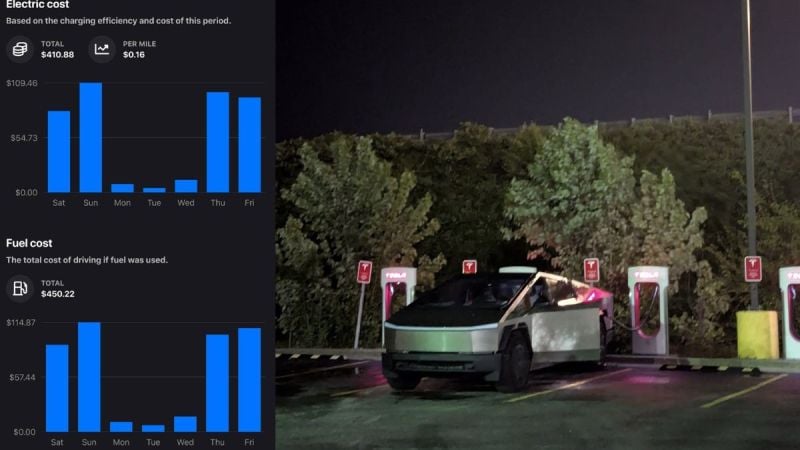





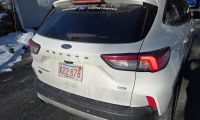
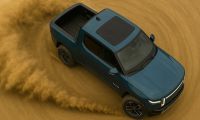
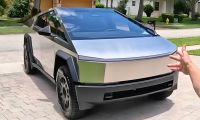
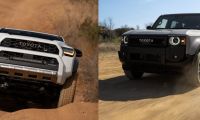

Comments
My Ranger is 21 years old…
Permalink
My Ranger is 21 years old and I have never once experienced this problem. Weird, huh?
That's really awesome! 21…
Permalink
In reply to My Ranger is 21 years old… by Buzz Wired (not verified)
That's really awesome! 21 years without experiencing any problem is gold. Probably they didn't make it like they used to.